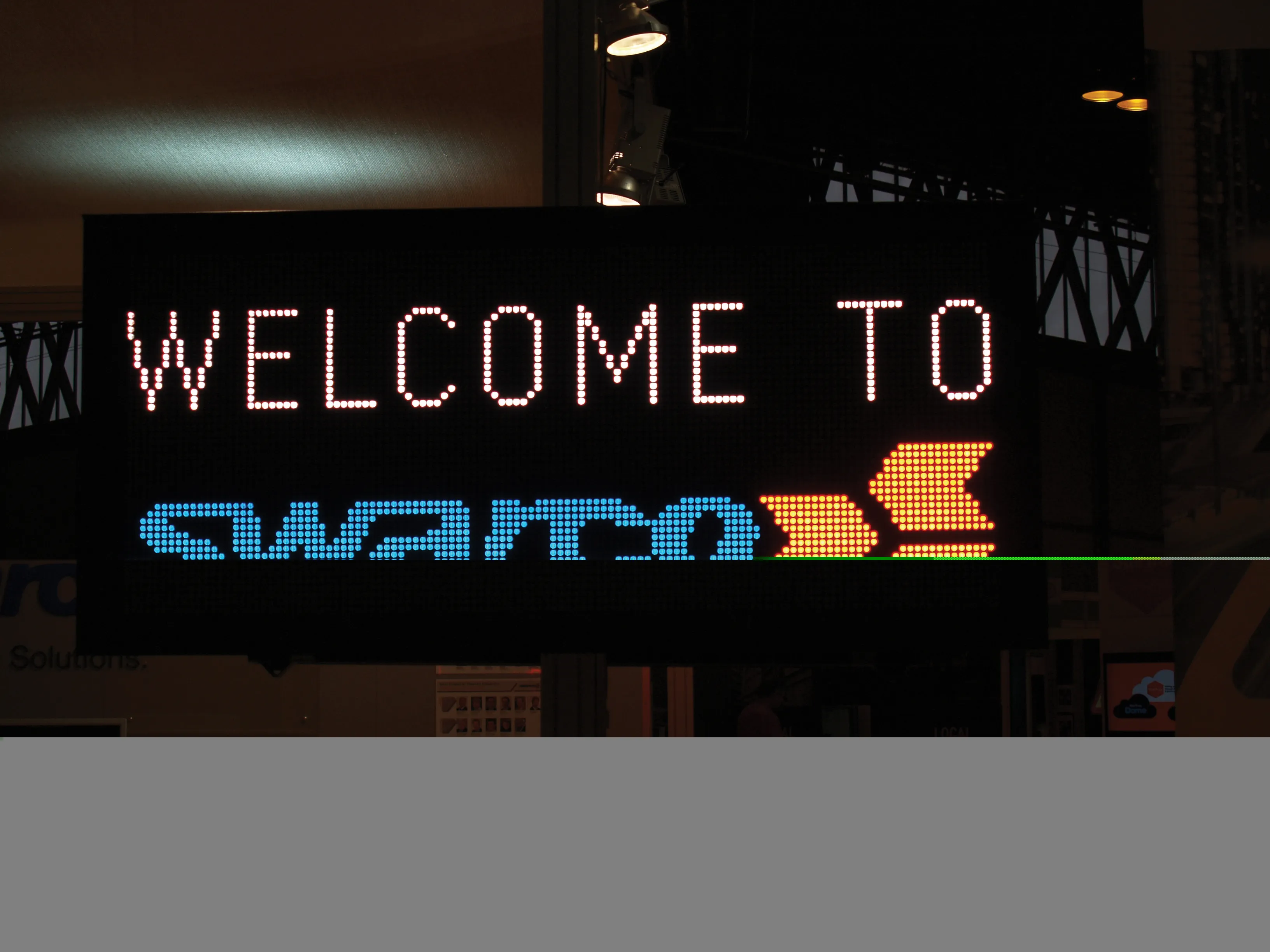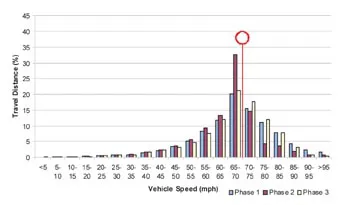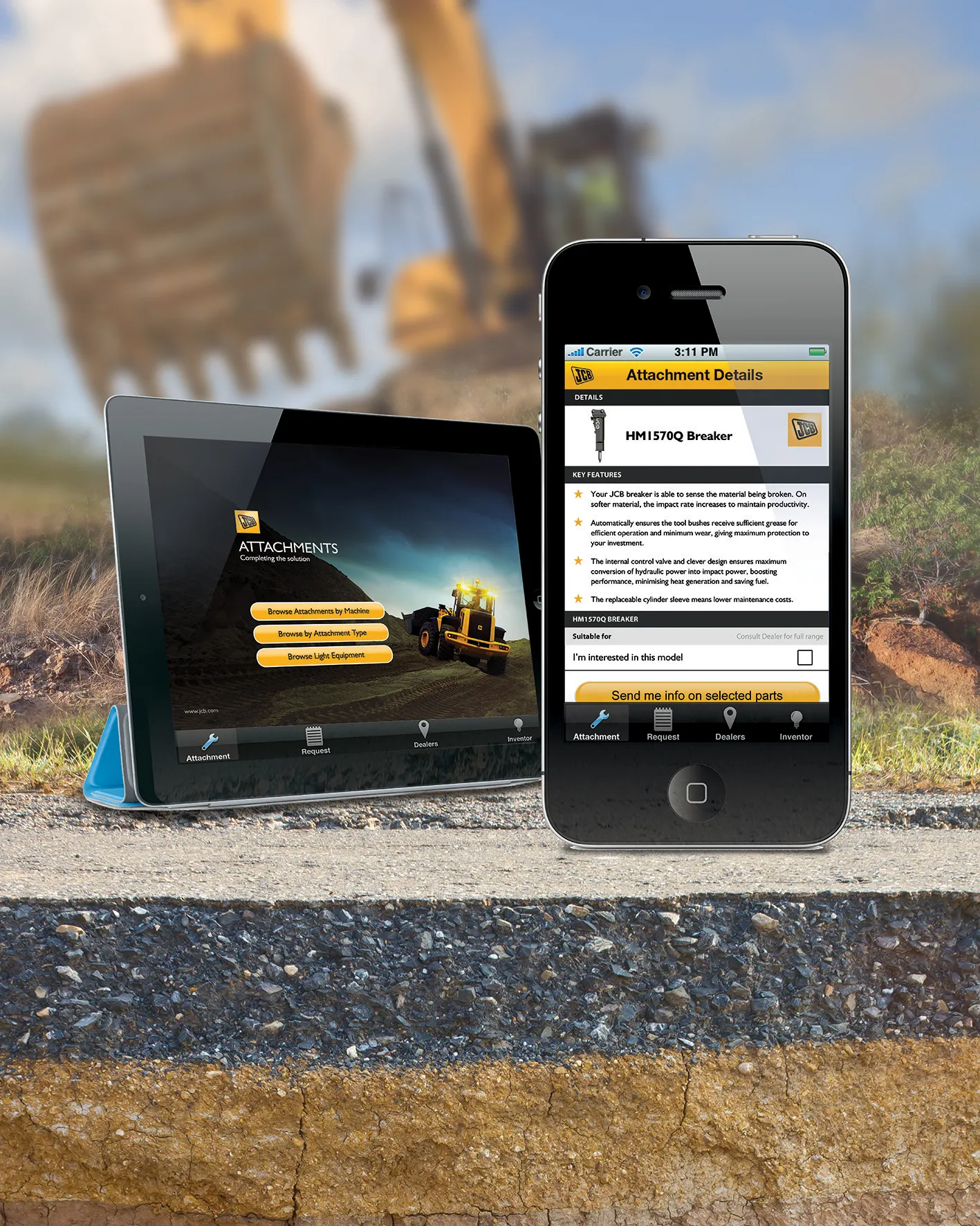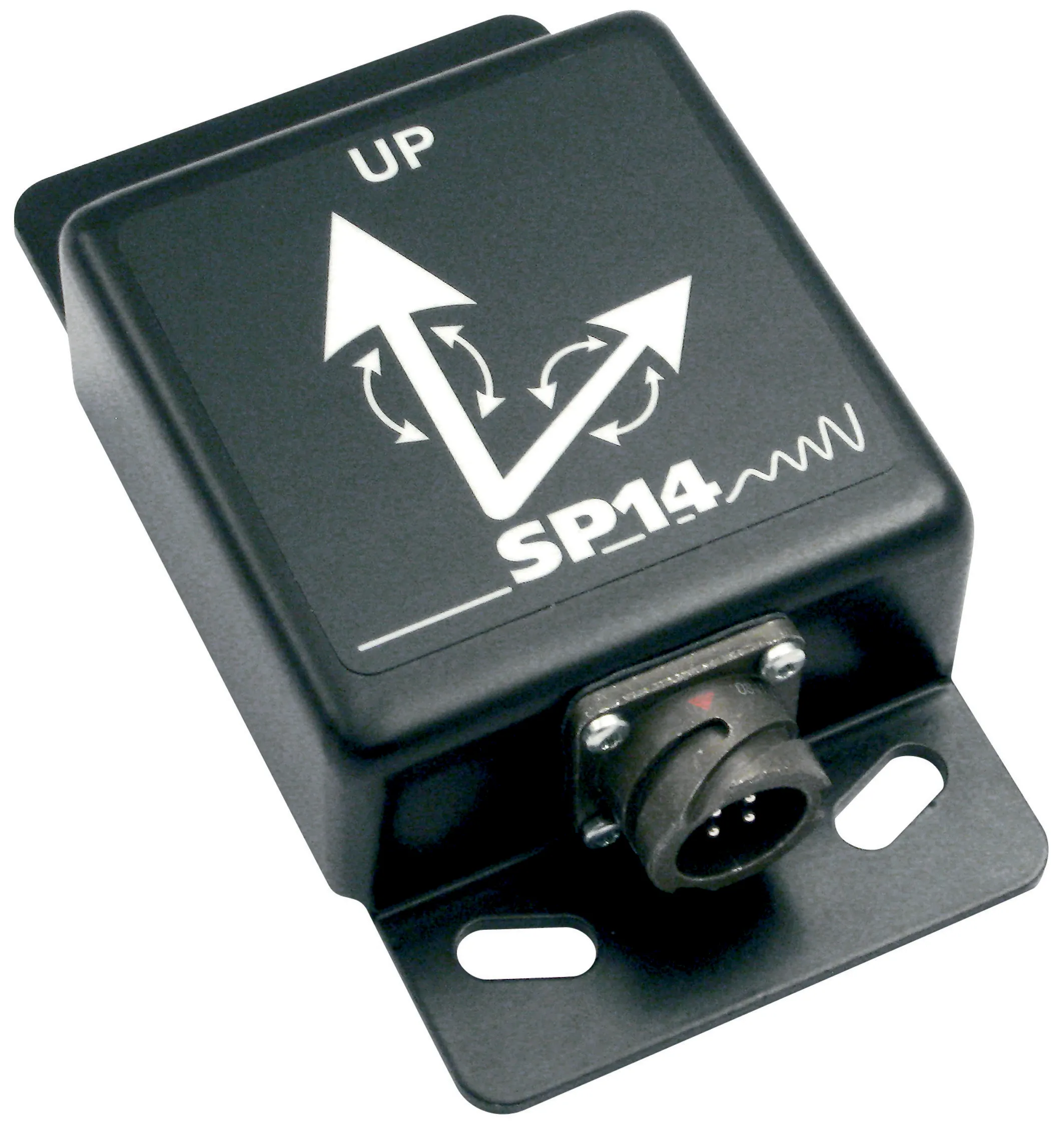SWARCO FUTURIT has displayed the latest development of its product range, a full-colour LED matrix sign using a 12mm pixel pitch. The sign, unveiled at the recent Traffex show in Birmingham UK enables ultrahigh resolution of text and graphics so signs can be deployed in lower-speed urban applications without losing legibility and clarity.
February 14, 2012
Read time: 2 mins

The sign, unveiled at the recent Traffex show in Birmingham UK enables ultrahigh resolution of text and graphics so signs can be deployed in lower-speed urban applications without losing legibility and clarity.
Using a patented lens system, the new sign meets a wide variety of display classes, and has been tested and approved to the most restrictive classes of optical and physical performance at extreme conditions: low sun (to 5°), and maximum viewing angle (+/-20° half angle, +/-45° visibility angle).
Wolfgang Ernst, product manager for optical displays at SWARCO FUTURIT notes; "The greatest advantage of the new sign is that innovative lens design enables this high level of optical performance to be achieved while driving the LEDs at less than 4% of their rated output. This is very efficient in terms of power consumption and in ensuring long life, no premature LED ageing, and low maintenance costs of the signs.
"The potential applications for this new technology are considerable. We have included this sign in many of our recent offers, allowing customers to choose from a range of pixel pitches up to 30mm, and it has attracted a great deal of customer interest."









